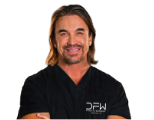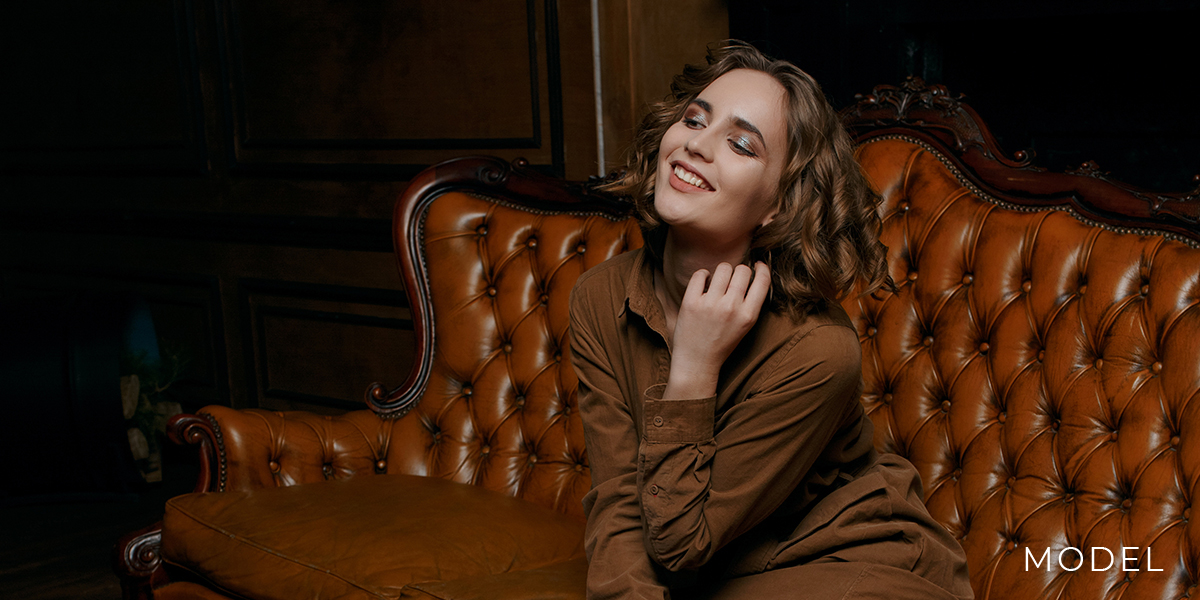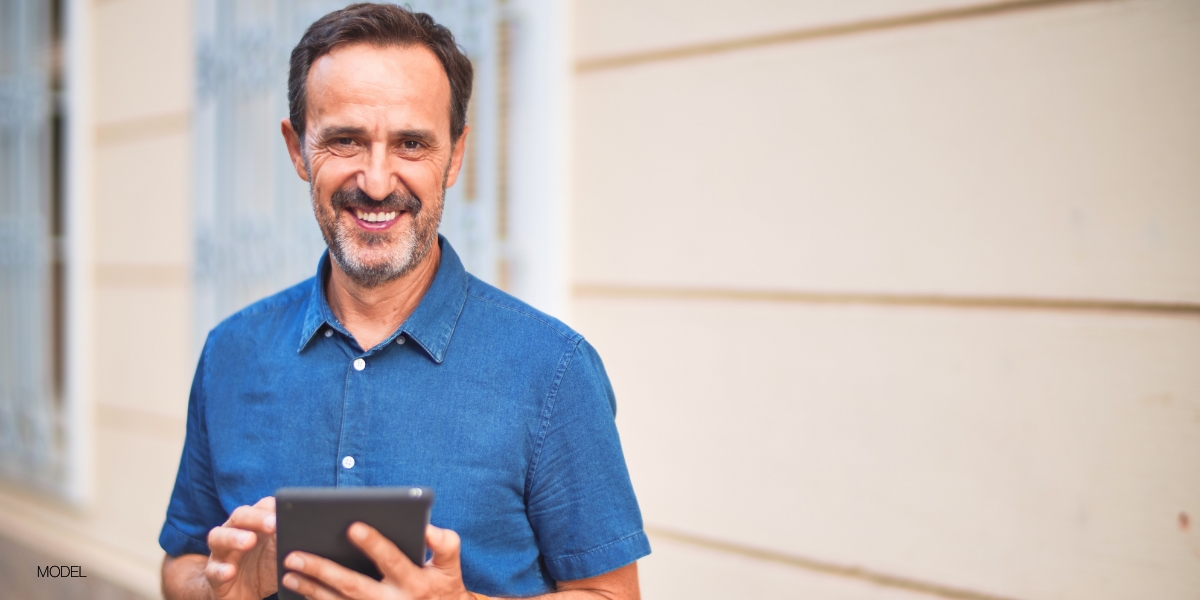Undergoing rhinoplasty is an exciting journey toward achieving the nose shape you’ve always wanted. However, it’s natural to feel concerned when you notice bumps, irregularities, or unexpected changes during the healing process. Rest assured, many of these post-operative developments are normal and temporary.
With years of experience in rhinoplasty, Dr. Yadro Ducic at DFW Plastic Surgery understands the intricacies of nasal healing and is here to guide you through what to expect. Below, we address common concerns and explain when you should seek further evaluation.
Swelling and Initial Changes
In the first few weeks after rhinoplasty, swelling is the most significant factor affecting your nose’s appearance. This swelling is most pronounced in the first two weeks and gradually subsides over several months. The skin, cartilage, and bone all need time to adjust to their new structure, and during this period, temporary asymmetry and unevenness can occur. The majority of initial bumps or lumps are due to swelling and will resolve as healing progresses.
To support a smooth recovery:
- Follow your surgeon’s post-operative care instructions, including elevating your head.
- Avoid strenuous activities that may increase swelling.
- Be patient—final results can take up to a year to fully emerge.
Understanding Post-Rhinoplasty Bumps and Lumps
While swelling is a common culprit, other factors may contribute to bumps or irregularities.
- Bone Irregularities (Callus Formation): After bone adjustments, your body naturally begins the healing process. In some cases, small bony calluses may form where the bone was reshaped. These are typically minor and smooth out over time.
- Cartilage Irregularities: If cartilage grafts were used or reshaped during surgery, minor asymmetries may temporarily appear. As healing progresses, the cartilage settles and becomes more refined.
- Scar Tissue Formation: Scar tissue can develop under the skin, leading to slight firmness or raised areas. This is a normal part of the healing process and often diminishes with time. In some cases, targeted treatments can help minimize excessive scar tissue.
When Should You Be Concerned?
While most bumps resolve on their own, certain signs may indicate a need for further assessment:
- Persistent swelling beyond one year
- Visible or palpable irregularities that don’t improve with time
- Breathing difficulties
- Severe asymmetry or unexpected changes
If you experience any of these concerns, scheduling a follow-up with your surgeon is the best course of action.
Addressing Post-Rhinoplasty Concerns
Non-Surgical Options
For minor irregularities, non-surgical treatments can provide effective solutions:
- Steroid Injections: These can help reduce swelling and excess scar tissue in certain cases.
- Dermal Fillers: Temporary fillers may help camouflage minor irregularities while the nose continues to heal.
When Is Revision Rhinoplasty Necessary?
In cases where irregularities significantly affect aesthetics or function, revision rhinoplasty may be considered. A secondary procedure is typically only performed after at least one year to allow full healing from the initial surgery. Your surgeon will evaluate your concerns and determine the best course of action based on your specific needs.
Schedule a Consultation
Healing from rhinoplasty takes time, and minor bumps and irregularities are often part of the process. The DFW Plastic Surgery team is here to support you every step of the way.
If you have concerns about your post-operative results, or if you’re experiencing post-rhinoplasty bumps or other irregularities, we are happy to schedule a consultation to address your worries and questions—and offer personalized guidance.
Reach out to DFW Plastic Surgery today to schedule a follow-up appointment and get peace of mind knowing your recovery is on track.






